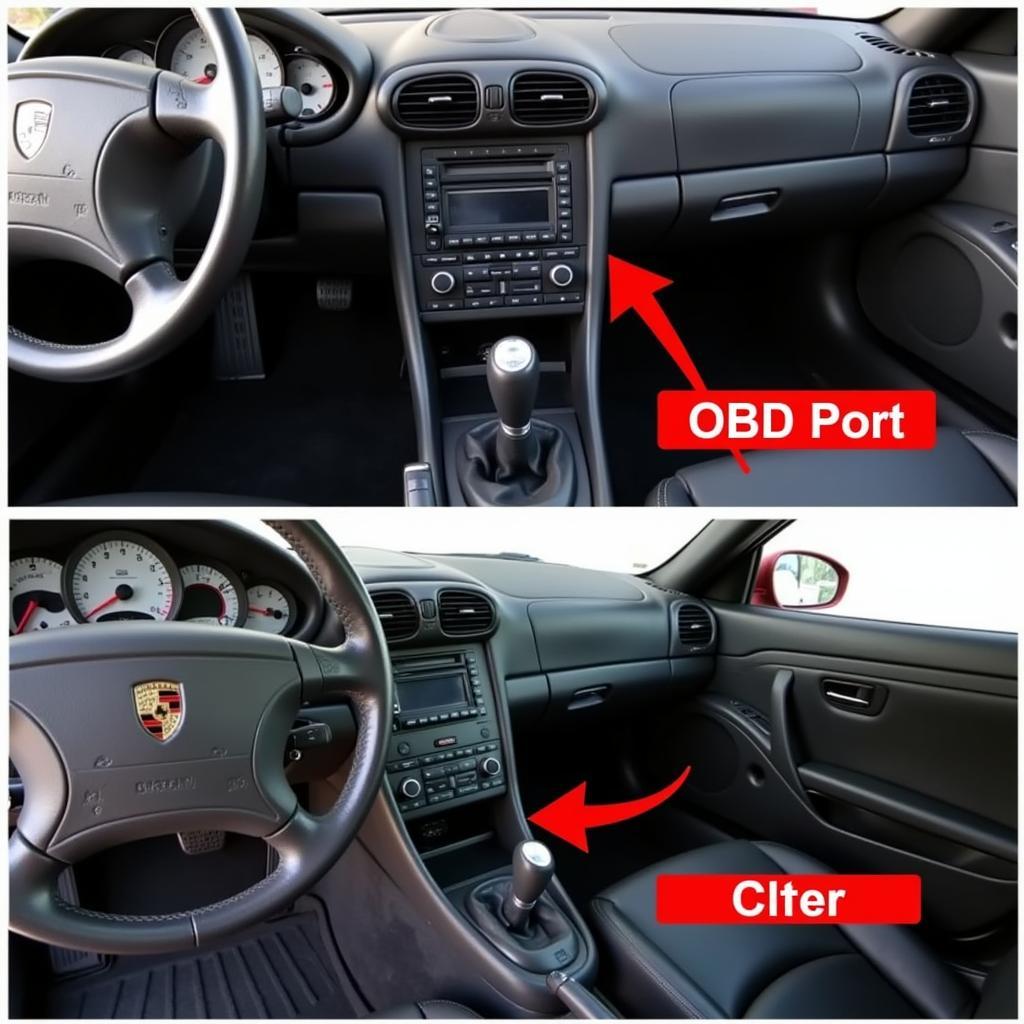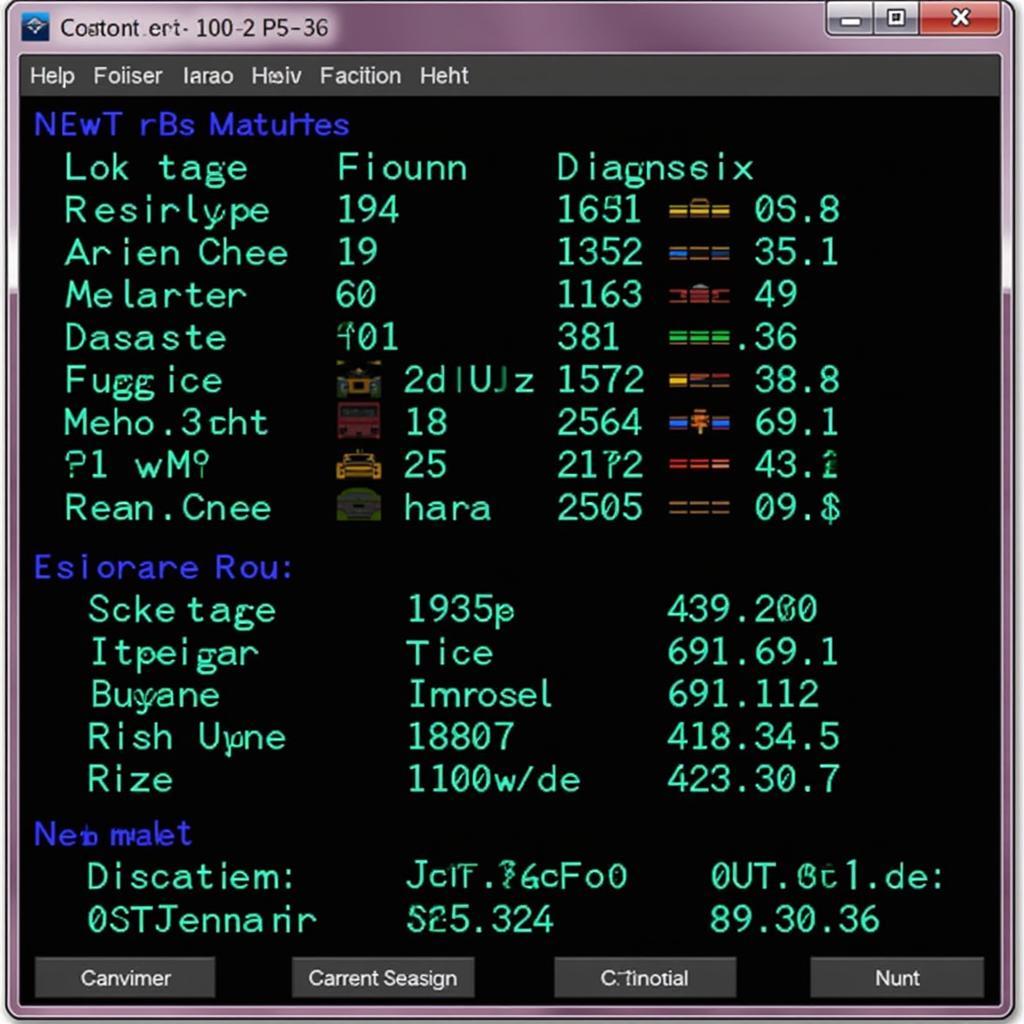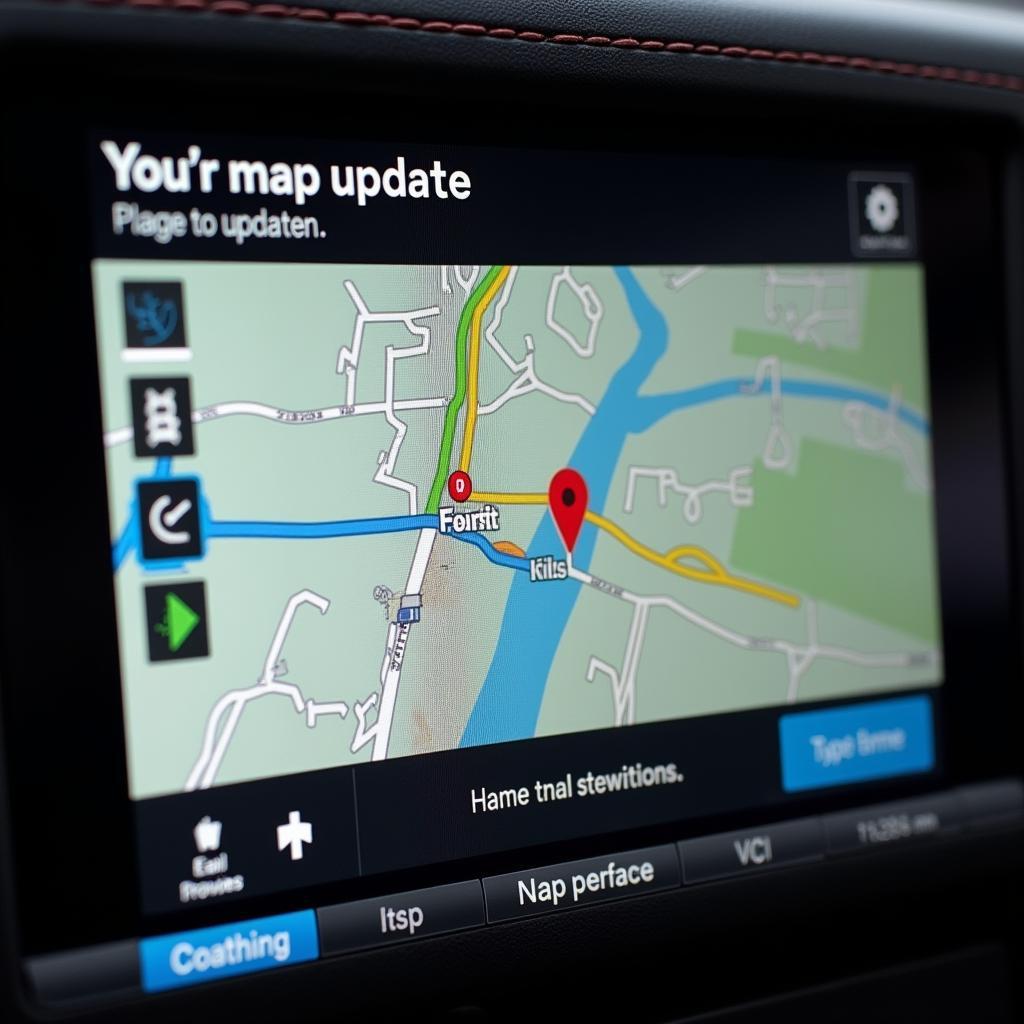Understanding your Porsche 996’s diagnostic trouble codes (DTCs) can be crucial to maintaining its performance and longevity. Whether you’re a seasoned mechanic or a DIY enthusiast, deciphering these codes can save you time and money, allowing you to pinpoint the root cause of any issues and address them effectively. This guide will delve into the world of porsche 996 diagnostic codes, providing valuable insights and practical tips.
Dealing with the infamous “check engine” light on your 996 can be frustrating. Knowing how to interpret porsche 996 diagnostic codes empowers you to take control of the situation. A good obd diagnostic scanner porsche can be your best friend in these situations. It’s not just about reading the codes; it’s about understanding what they signify and how to use that information to troubleshoot effectively. This knowledge can save you from costly misdiagnoses and unnecessary repairs.
Understanding Porsche 996 Fault Codes
The Porsche 996, like most modern vehicles, utilizes an onboard diagnostic system (OBD-II) to monitor various systems and components. When a malfunction is detected, the system generates a specific diagnostic trouble code (DTC), which is stored in the vehicle’s computer. These codes are standardized, but Porsche also has manufacturer-specific codes that provide more detailed information.
Common Porsche 996 Diagnostic Codes and Their Meanings
Some common Porsche 996 diagnostic codes include those related to the engine management system, transmission, ABS, and airbags. For example, a P0300 code indicates a random/multiple cylinder misfire, while a P0420 code suggests a problem with the catalytic converter system efficiency below threshold. Understanding the specific code definition is the first step towards a successful diagnosis.
 Porsche 996 OBD-II Port Location
Porsche 996 OBD-II Port Location
Another common issue is related to the ABS system. You might find codes like C1288 relating to a yaw rate sensor malfunction. This kind of code requires a specialized konnwei scan tool works with porsche 911 or similar to properly diagnose and address. Ignoring these codes can lead to safety concerns, especially during critical driving situations.
How to Read Porsche 996 Diagnostic Codes
Reading the codes requires an OBD-II scanner, which can be a simple handheld device or a more sophisticated professional tool. The scanner connects to the OBD-II port, usually located under the dashboard on the driver’s side. Once connected, the scanner retrieves the stored codes, which can then be looked up in a code database or repair manual.
Using Diagnostic Software for Advanced Troubleshooting
For more in-depth analysis and advanced troubleshooting, specialized softronics software porsche 996 can be invaluable. This software allows you to access more detailed information, including live data streams, which can help pinpoint intermittent faults or issues that are not readily apparent.
 Porsche 996 Diagnostic Software Interface
Porsche 996 Diagnostic Software Interface
What Causes Porsche 996 Diagnostic Codes?
Numerous factors can trigger diagnostic codes in a Porsche 996. Faulty sensors, wiring issues, mechanical problems, and software glitches are just a few examples. Identifying the underlying cause requires a systematic approach, starting with a thorough understanding of the specific code and its possible causes. Sometimes a seemingly simple issue, like a loose gas cap, can trigger an emissions-related code.
Troubleshooting Porsche 996 Diagnostic Codes: A Step-by-Step Guide
- Read the code(s) using an OBD-II scanner.
- Research the specific code(s) and their potential causes.
- Inspect the related components and wiring.
- Perform necessary tests and measurements.
- Repair or replace faulty components as needed.
- Clear the codes and retest the system.
“Understanding the context of the code is key. Don’t just blindly replace parts. Thorough diagnostics are essential,” advises John Miller, a seasoned Porsche technician with over 20 years of experience.
Knowing the location of your porsche 928 s4 diagnostic port or similar on the 996 is the first step in tackling any diagnostic code issue. Utilizing a porsche 996 brake bleed scan tool can also be helpful for specific brake-related codes.
Conclusion: Mastering Porsche 996 Diagnostic Codes
Mastering porsche 996 diagnostic codes is an essential skill for any 996 owner or technician. By understanding the codes, their meanings, and how to troubleshoot them, you can keep your Porsche running smoothly and avoid unnecessary expenses. While this guide provides a comprehensive overview, remember that continuous learning and hands-on experience are crucial for becoming proficient in Porsche 996 diagnostics.
Need help with your Porsche diagnostics? Contact us via Whatsapp: +1 (641) 206-8880, Email: CARDIAGTECH[email protected] or visit us at 276 Reock St, City of Orange, NJ 07050, United States. We offer 24/7 customer support.

